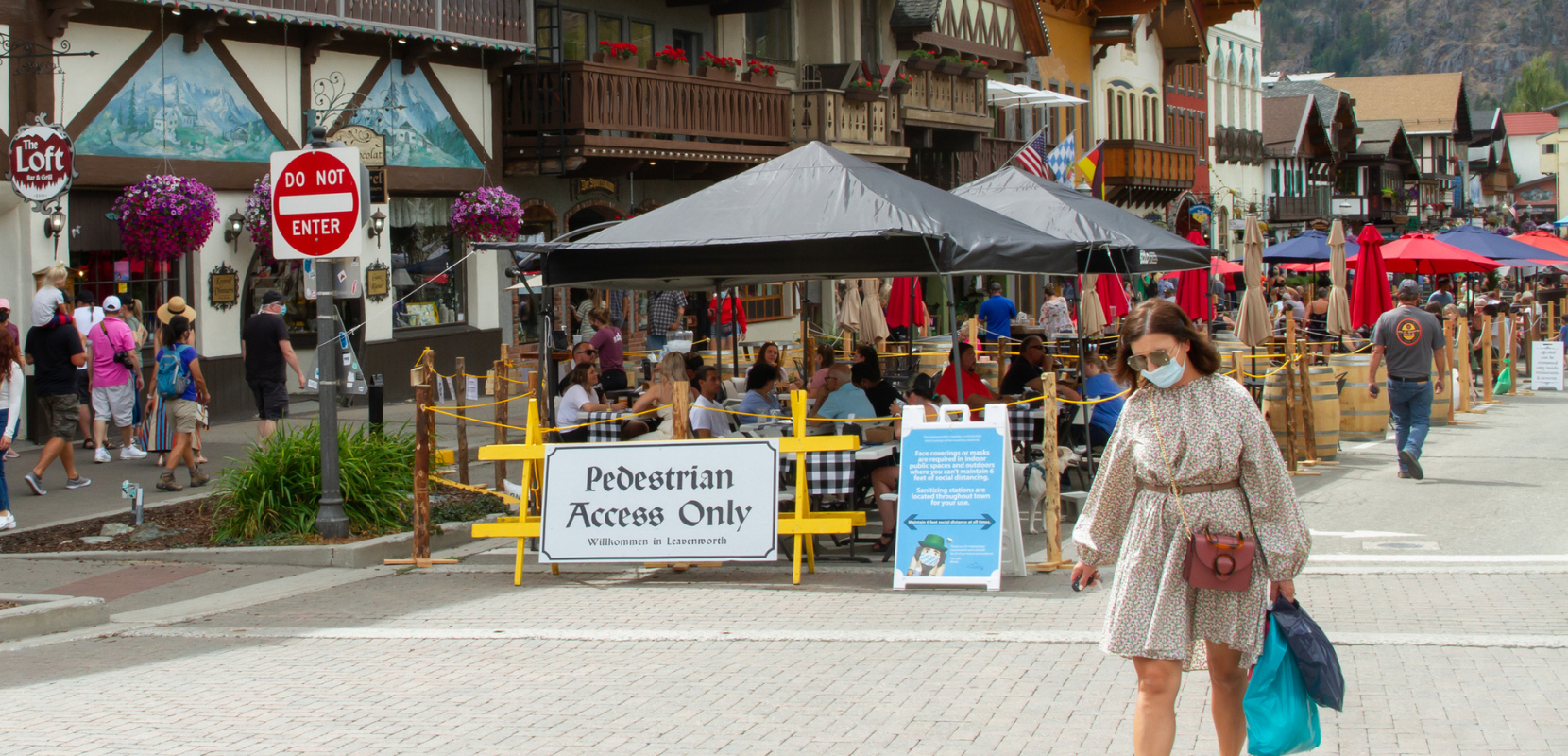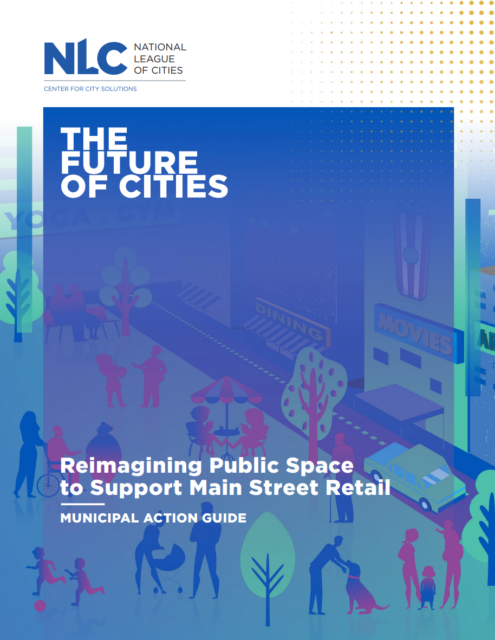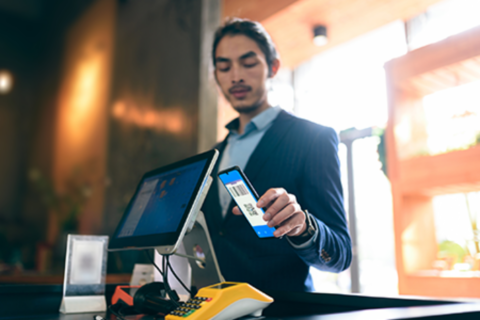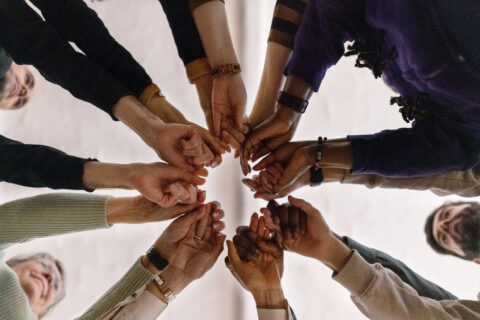The COVID-19 pandemic changed how we think about and use public spaces, as cities created pop-up plazas and implemented street closures, curbside pickup and increased options for outdoor dining. These changes have expanded local leaders’ understanding of how the built environment can better serve community members, while contributing to the success and safety of retail operations, restaurants and other businesses. Although many of these changes were temporary, residents quickly came to appreciate them and now expect these adjustments to be made permanent.
However, access to these amenities has historically been, and continues to be, unequal. Local leaders must acknowledge and reconcile how historic policies have produced barriers for people to access and enjoy public spaces. Land use policies, such as redlining and urban renewal, perpetuated systemic inequities that persist today. City leaders stand at a critical inflection point. With increased federal funds, local leaders have an opportunity and responsibility to learn from development pitfalls of the past and actively create equitable public spaces that reverse the impacts of systemic racism.
This action guide offers a foundation for local leaders to reimagine public space in ways that meet the needs and expectations of all residents while supporting equitable economic development.









